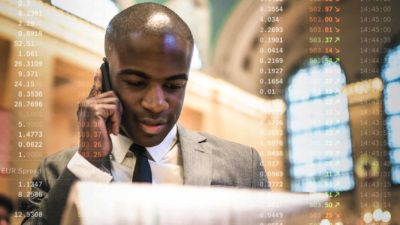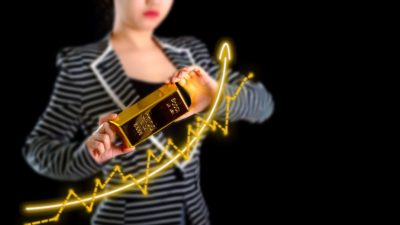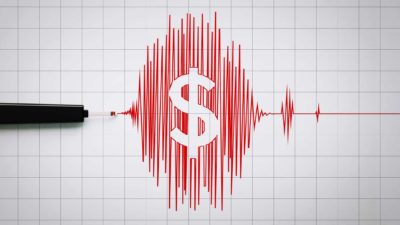Having just celebrated my 52nd birthday, I've experienced my fair share of market moving events.
But nothing in the 30-plus years I've been tracking global stocks compares to these past 9 months.
Well, 9 months minus 4 days.
That takes us back to 20 February, when the S&P/ASX 200 Index (ASX: XJO) closed at 7,162.5 points. An all-time high.
You know what happened next.
Hopes that the coronavirus could be contained to isolated pockets of Australia and the world came unravelled. The once almost unthinkable spectre of global Wuhan-style lockdowns morphed almost overnight into a bitter reality.
With unemployment rising, and forecast to rocket, investors stampeded for the exits. By 23 March, the ASX 200 had shed 37% from its record highs.
Then another reality dawned.
Central banks across the world unleashed new waves of quantitative easing (QE) and slashed interest rates to near zero, often below zero in real (inflation adjusted) terms. And governments rolled out trillions of dollars of stimulus and income support measures.
And investors realised most of the companies that had seen their share price lose 37% or more during the panic selling were now trading for a bargain. That realisation has seen the ASX 200 rebound 43% from its 23 March lows.
In fact, with this morning's intraday gains, the index is at its highest level since 27 February, just 4 days after the pandemic driven market rout began.
So that's the history-making past 9 months (minus 4 days) in a nutshell.
But as investors, it's the next 9 months – and well beyond – that really matter.
So, what should ASX investors expect?
Australia's grand reopening
To answer that question, we turn to a few market experts.
Stuart Welch is a portfolio manager at Alphinity Investment Management. Noting Australia's success in containing COVID-19, he's bullish on the outlook for ASX share prices (as quoted by the Australian Financial Review [AFR]):
There's a lot a signs that the gains for the Australian market will continue. What we have seen is earnings stabilise and start to recover. And there's a lot of evidence that will continue in Australia because we are on the cusp of this grand reopening, which is quite different to other parts of the globe.
Then there's Bill Ackman, founder of Pershing Square Capital.
Speaking at the virtual Sohn Hearts and Minds investment conference on Friday, Ackman pointed to pent-up demand from consumers emerging from lockdowns and isolation, as well as central bank policies and government stimulus as reasons investors should "go long" in 2021 (quoted by the AFR):
You've got low rates, you've got likely stimulus, you could see infrastructure spending, you've got still very well capitalised banks, you've got access to capital. So I think 2021 could be a very, very good year in markets, so go long I would say…
People aren't eating out, they're not going on vacation, they're not driving and by the way, when you keep someone locked down, their next move when they can actually feel safe is going to be to go on a vacation, to go drinking, to go to dinner, to go to a show.
Why the experts like these ASX shares post-COVID
Online retailer Temple & Webster Group Ltd (ASX: TPW) isn't a share you'll often hear tipped for the post pandemic rebound.
Despite Temple & Webster's share price falling more than 62% from February into March, loyal shareholders are sitting on a gain of 285% so far in 2020. And in case you're wondering, the share price is up 535% from the 24 March lows.
Temple & Webster's share price was a clear winner in the shift that saw people working and shopping from home. So you might think it could come under pressure as Australia reopens.
Not so, according to Regal Funds Management's Todd Guyot, who believes the company can still increase its online market presence.
As the AFR reports, Guyot says the fact Temple & Webster is still growing even after the economy is reopening, "demonstrates the impact of repeat customers, which is a direct correlation with the customer experience… If customers get what they want correctly and in a timely manner, they will more than likely come back."
The Motley Fools own Scott Phillips, was also profiled in the AFR's market winners and losers in this new world order article.
Scott explained that he likes the looks of infection control company, Nanosonics Ltd. (ASX: NAN).
Nanosonics has a history of delivering share price gains dating back more than 5 years (though there were obviously some dips during that time). 2020 has been more difficult, with Nanosonic's share price yet to regain its 14 February all-time highs. Year-to-date, the share price is flat.
Here's why Scott likes it:
In the current global healthcare climate, the importance of effective sterilisation doesn't need to be emphasised. Nanosonics is one of our top picks for a post-COVID world because it has found a way to deliver this lifesaving technology using a very lucrative business model.
A more frequently touted pandemic recovery share is Sydney Airport Holdings Pty Ltd (ASX: SYD).
As both domestic and international air travel ground to a halt, Sydney Airport's share price fell more than 48% earlier this year. Although it's rebounded strongly from its 19 March lows, the share price remains down 23% from 17 January.
That, according to Jun Bei Liu Tribeca Investment Partners' Jun Bei Liu, makes Sydney Airport a "quality asset trading at a fraction of its intrinsic value".









